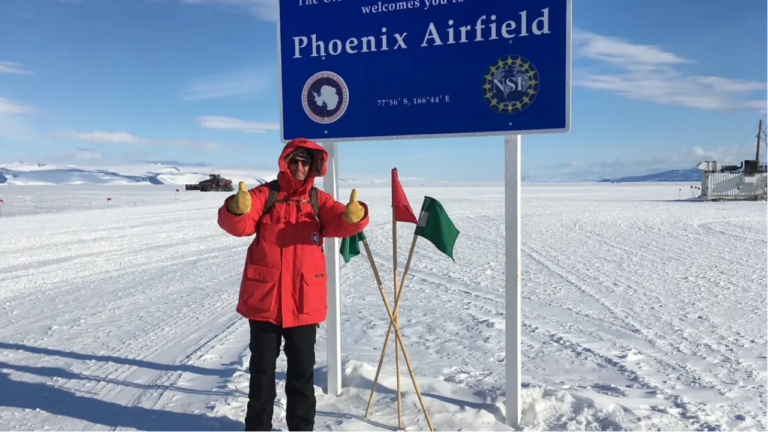
In Memory of Jan Amend
Professor of Earth Sciences and Biological Sciences, Dr. Jan Amend, passed away unexpectedly on February 1, 2024. Jan Amend’s legacy will be multifaceted. His science was very unique, and constitutes a fundamental shift in our understanding of the thermodynamics of life in the environment. In addition to his science, Jan was a tremendous advocate and facilitator for countless scientists, young and not so young, as well as the field of geobiology in general. As the leader of several key institutes (C-DEBI, Astrobiology Institute, etc.) and more recently, the associate dean of life sciences in Dornsife, he facilitated the growth of geobiology at USC and across the globe.
We send our condolences to Jan’s family and to the geobioligic community at large.